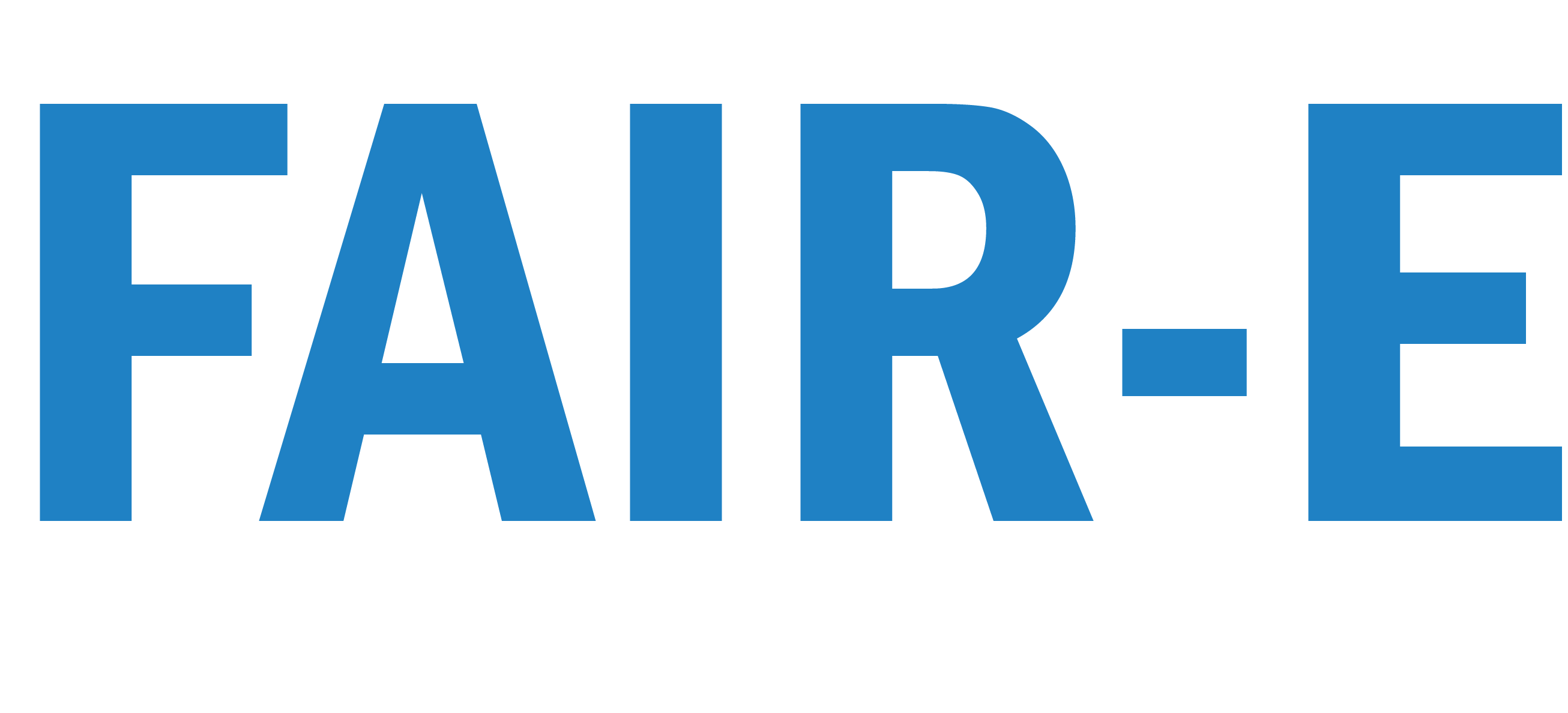Crossing the Digital Divide
- Balaji Jadhav, Assistant Teacher, ZP School, Vijaynagar, Satara, Maharashtra, 7588611015
- Prakash Chandra Das, In-Charge Headmaster, UHS Kumirdaha, Ranishwar, Dumka, Jharkhand, 7908270142
- Chintan Patel, Teacher in Bandhaniyapura Primary School, Mitral, Vaso, Kheda, 9638131415
- Ghanshyam Brahman, Assistant Teacher, Shree Janan (Khadir) Primary School, Bhachau, Kutch 9909473654
- Vijaya Sherry Chand, Faculty at IIM Ahmedabad
- Megha Gajjar, Lekh Nakrani from Foundation for Augmenting Innovation and Research in Education (FAIR-E)
“10% of student's parents have smartphones and 90% use ordinary phones” said Mr. Balaji Jadhav who is an Assistant teacher of a government school in Maharashtra. Continuing with this point he emphasized that if teachers only rely on online content and social media platforms as an educational tool, it would only be accessible by a small percentage of the rural students, while the majority would be eliminated from the learning process. Participants related how the suddenness of school closures took them all by surprise. One of the major challenge academicians are facing is to keep children on board. Many academicians had pointed out the necessity for students to stay in touch with the studies. Governments, NGOs, and the BSF are all stepping forward to help in providing training and resources to support teachers in adapting to the new tech-environment.
The conversation included some of the following methods employed by some teachers across the country to promote undisrupted education amidst the pandemic:
- Traditional Method- Chintan Patel and his colleagues, who taught at a primary school in Vaso, prepared charts/ banners for all the students, following ‘home learning wall’. These charts consisted of topics from the student's syllabus. The charts were updated by the teachers every month and were put up at the student’s houses. In most cases, the teachers would rely on support from parents whose task was to go through the banners and explain it to the children. Mr. Chintan Patel shared his idea of distributing stationary among the children who have no ?nancial assistance and have no family to provide it. He aims to make a learning wall outside every student’s house so that education do not get curbed due to the unavailability of technology.
- Partial ICT Method- Balaji Jadhav, an assistant teacher of a school in Vijaynagar had come up with a unique and innovative method to promote education using a cellular phone, wherein he would connect a group of students over a conference call and narrate stories to them. The students were required to listen to the stories carefully aher which they were required to narrate the story themselves and prepare a summary of the stories. This helped them improve their listening, speaking, and writing skills.
- Traditional Technology Method- Ghanshyam Brahman, an assistant teacher of a school in Kutch had used microphones and loudspeakers to connect with his students. Mr. Ghanshyam had arranged for a loudspeaker from the village panchayat to teach children and give them various assignments. He also spread literacy among people about the pandemic and the protocols that they should follow for the period.
- Blended Method - Prakash Chandra Das, a teacher of a school in Jharkhand used a blended method to reach out to students across the village. There were three spots located at di?erent parts of the village where the students and teachers would gather keeping the norms of social distancing in mind, to continue the learning activities. However, the students who could a?ord online classes were provided with e-learning material, to make education interesting, online quizzes were conducted for the students as well.
The session clearly brings out the conclusion that during the post-pandemic period, technology will have a major role to play in molding and re-shaping the educational sector. Conducting classes using audio-visual materials, promoting the use of e-learning materials and content would become the primary functions of academicians. It would also be essential to ensure that the students and teachers who do not have such access to the technology can follow one of these methods that has been shared so that students remain up to date with their classes and syllabus.

